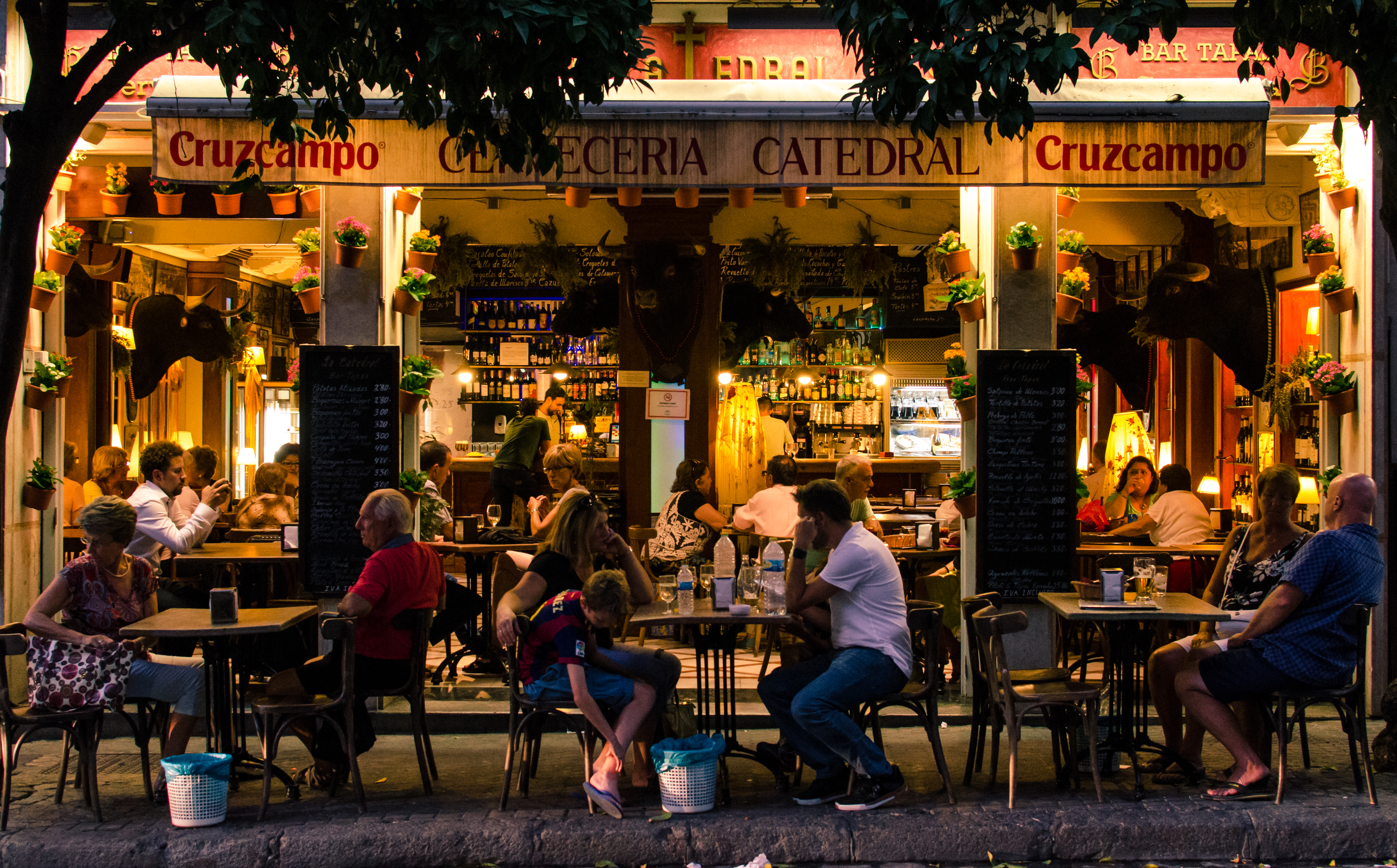3.1 Place of articulation
The place of articulation refers to the articulators that are involved in the production of the consonant.
Bilabial: These sounds are articulated with both lips e.g. /β/ and /m/.
Labiodental: The lower lip makes contact with the upper teeth, as in /f/.
Interdental: In these consonants, the tip of the tongue is placed between the upper and lower teeth e.g. /ð/.
Dental: In dental consonants, the tip of the tongue touches the base of the upper front teeth as in /t/ and /d/. Note that in the articulation of /t/ and /d/ in English, the tongue is more retracted, the tip of the tongue touches the alveolar region and might also be curled back a little.
Alveolar: In alveolar consonants, the tongue touches or approaches the alveolar ridge, the area just behind the upper teeth, as in /n/ or /s/.
Prepalatal: The area just behind the alveolar ridge is usually called palato-alveolar, postalveolar or prepalatal. The obstruction or constriction is formed between the alveolar ridge and the hard palate, as in chico (boy).
Palatal: The articulation of palatals involves raising or touching the hard palate with the tongue body (also called dorsum), as in yo (I) and ñandú (rhea).
Velar: Velars are articulated by the back part of the tongue touching or approaching the soft palate (also called velum), e.g. jabón (soap) and carbón (carbon).
Glottal: In some areas (e.g. the Caribbean, parts of southern Spain, Colombia, etc.), jabón starts with a soft sound, the same as English hi [h]. The noise in the production of this sound comes from the glottis, the space between the two vocal cords (also called the vocal folds).
